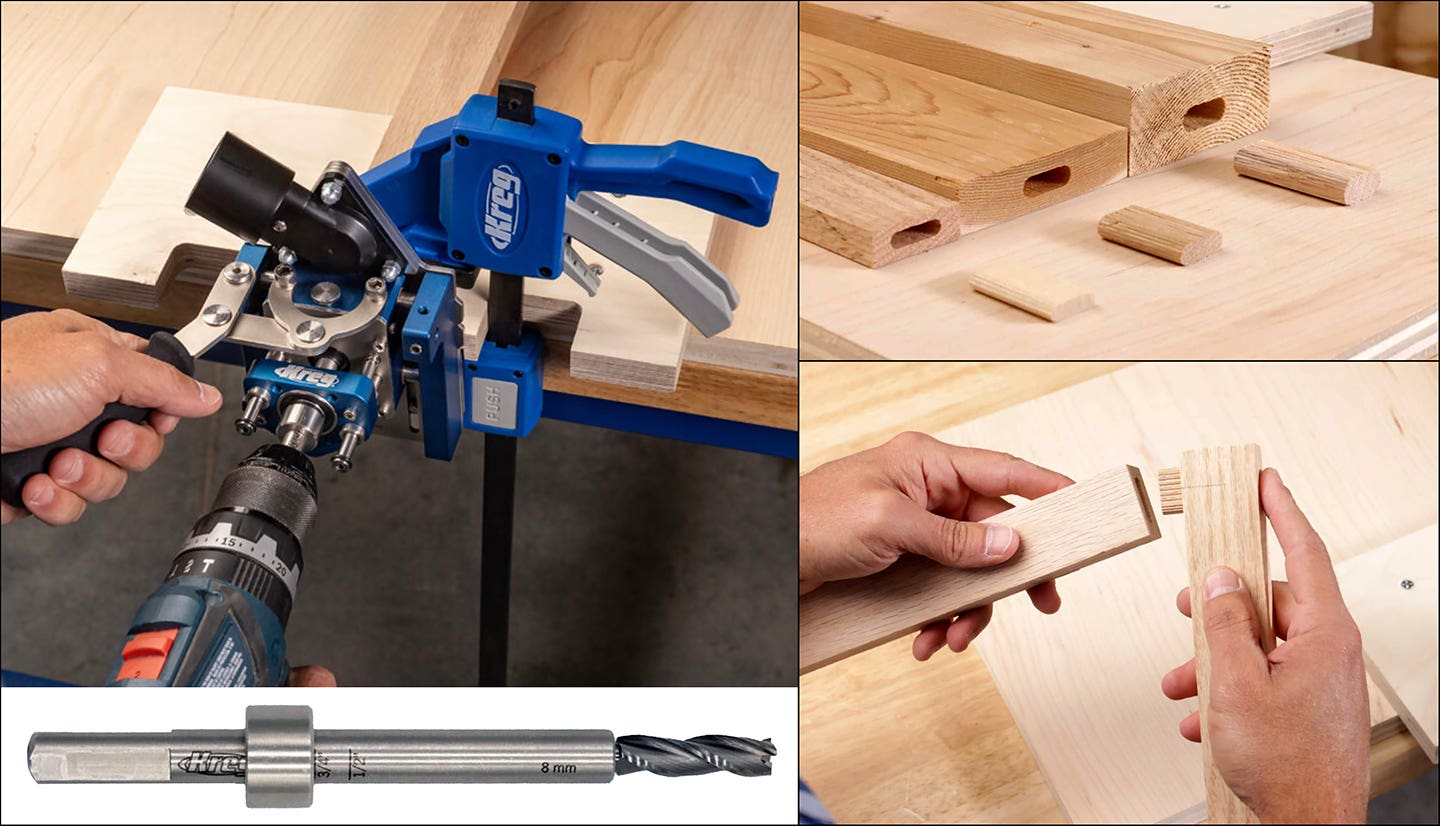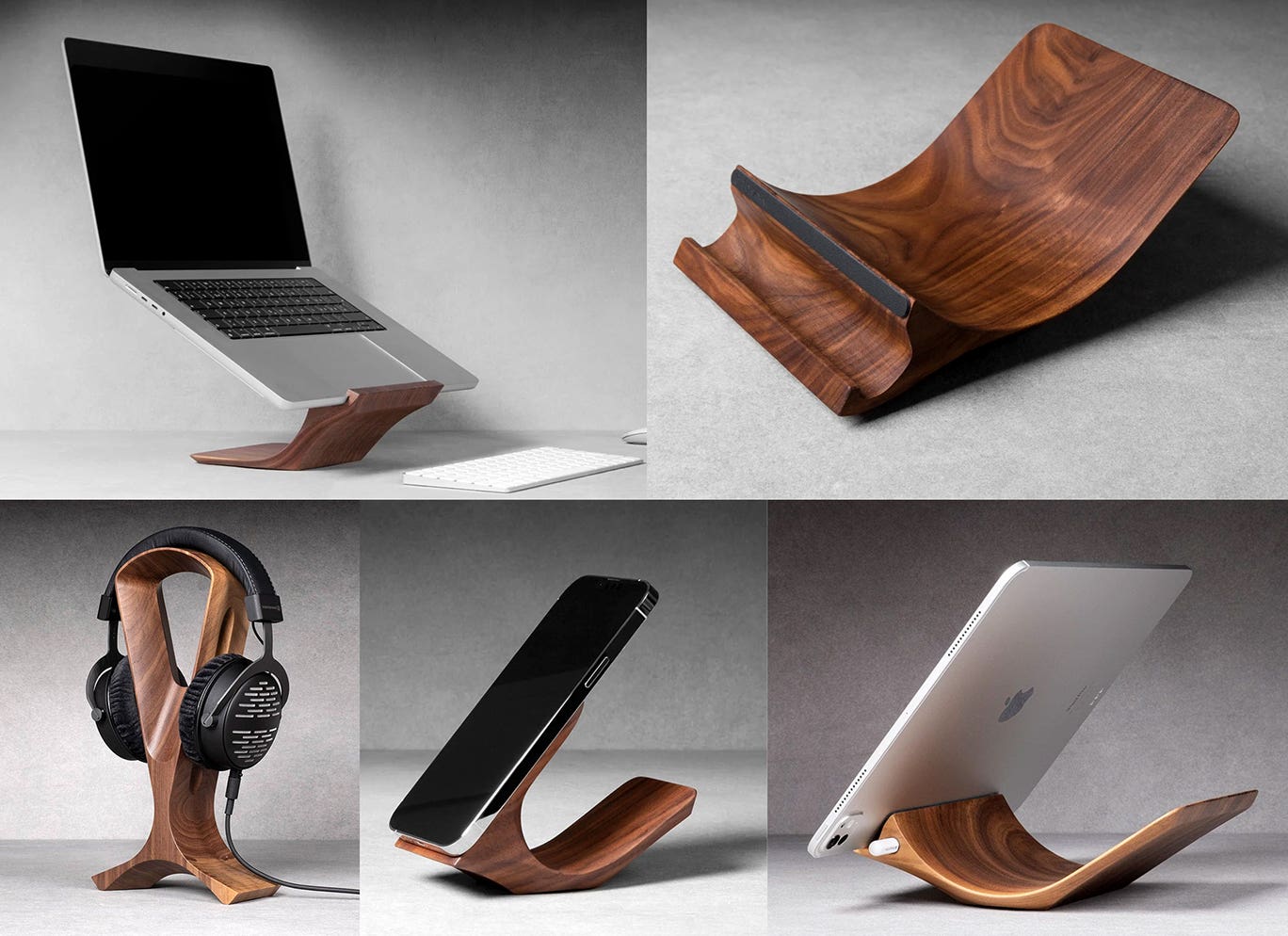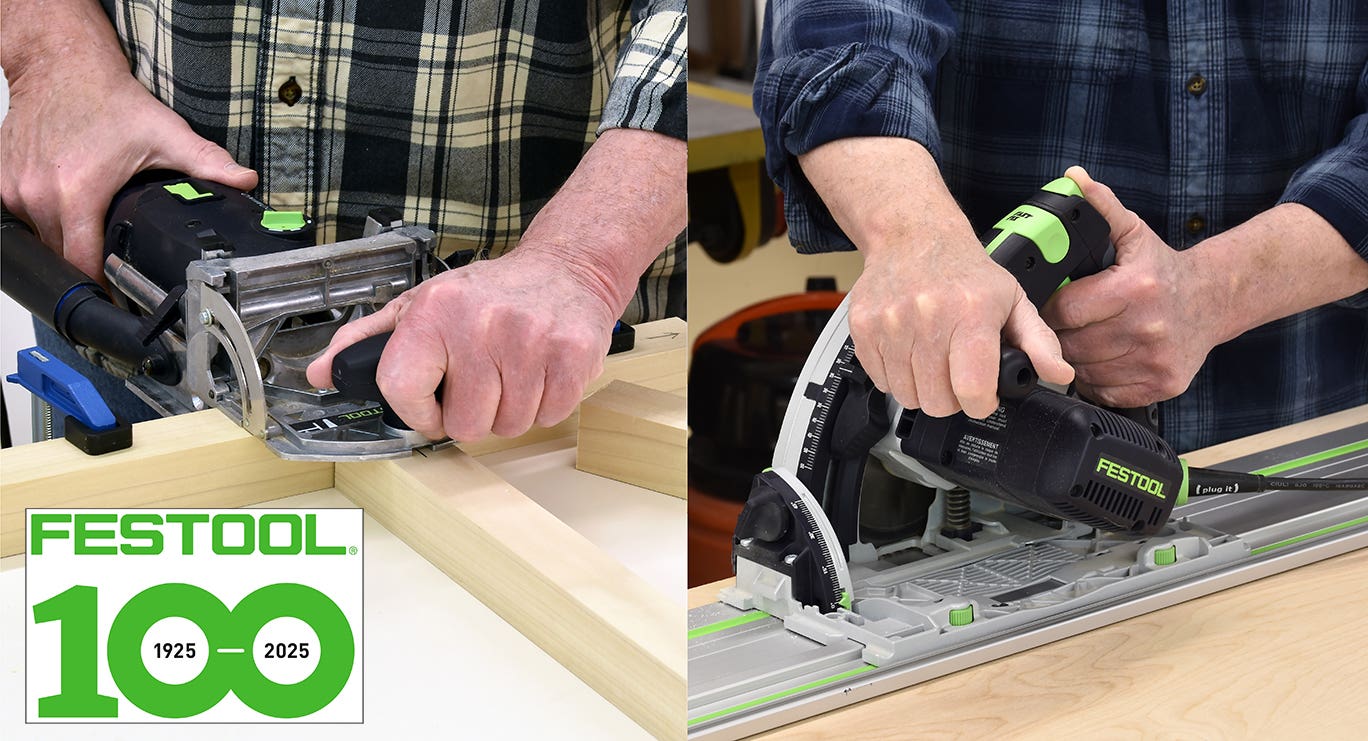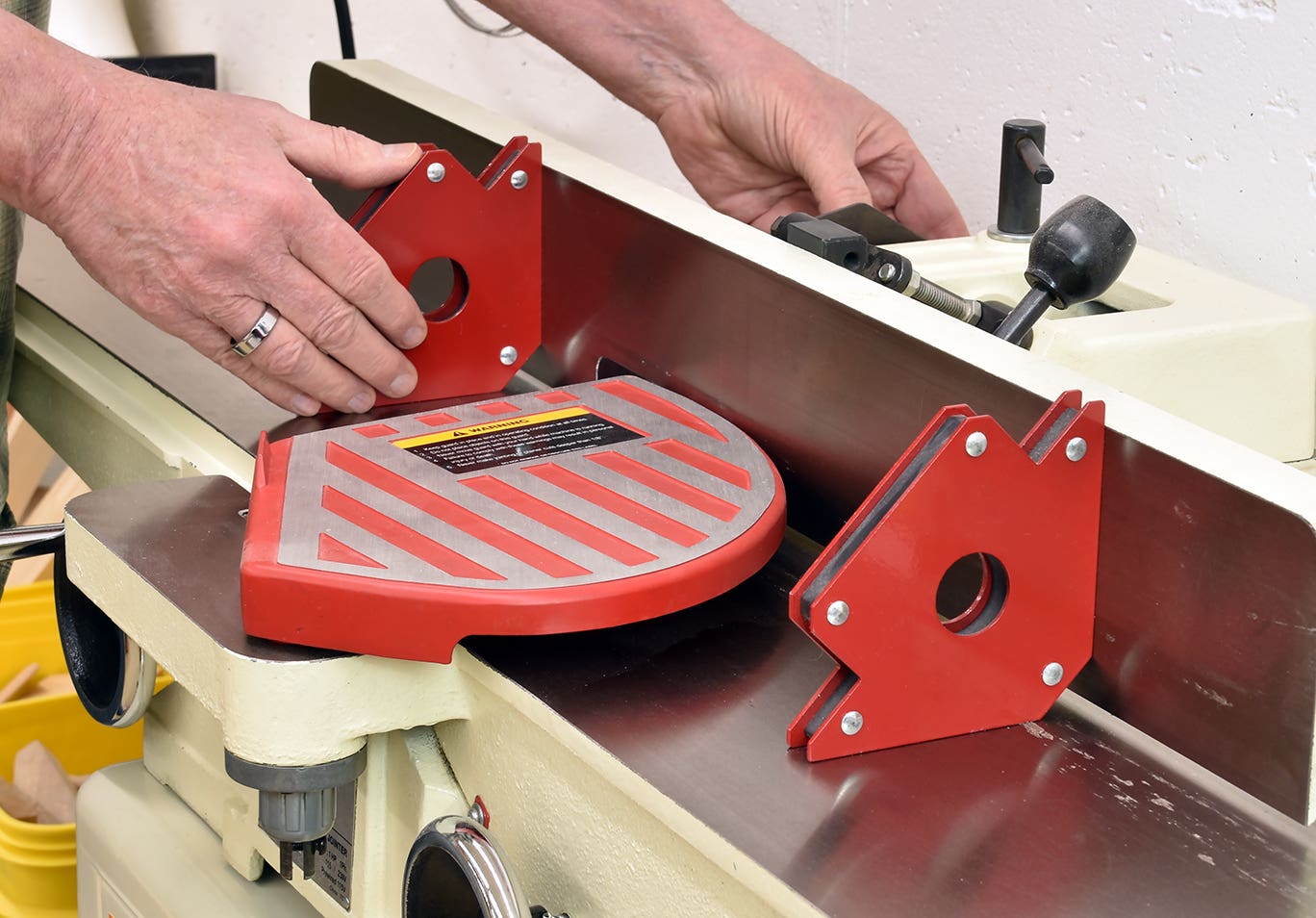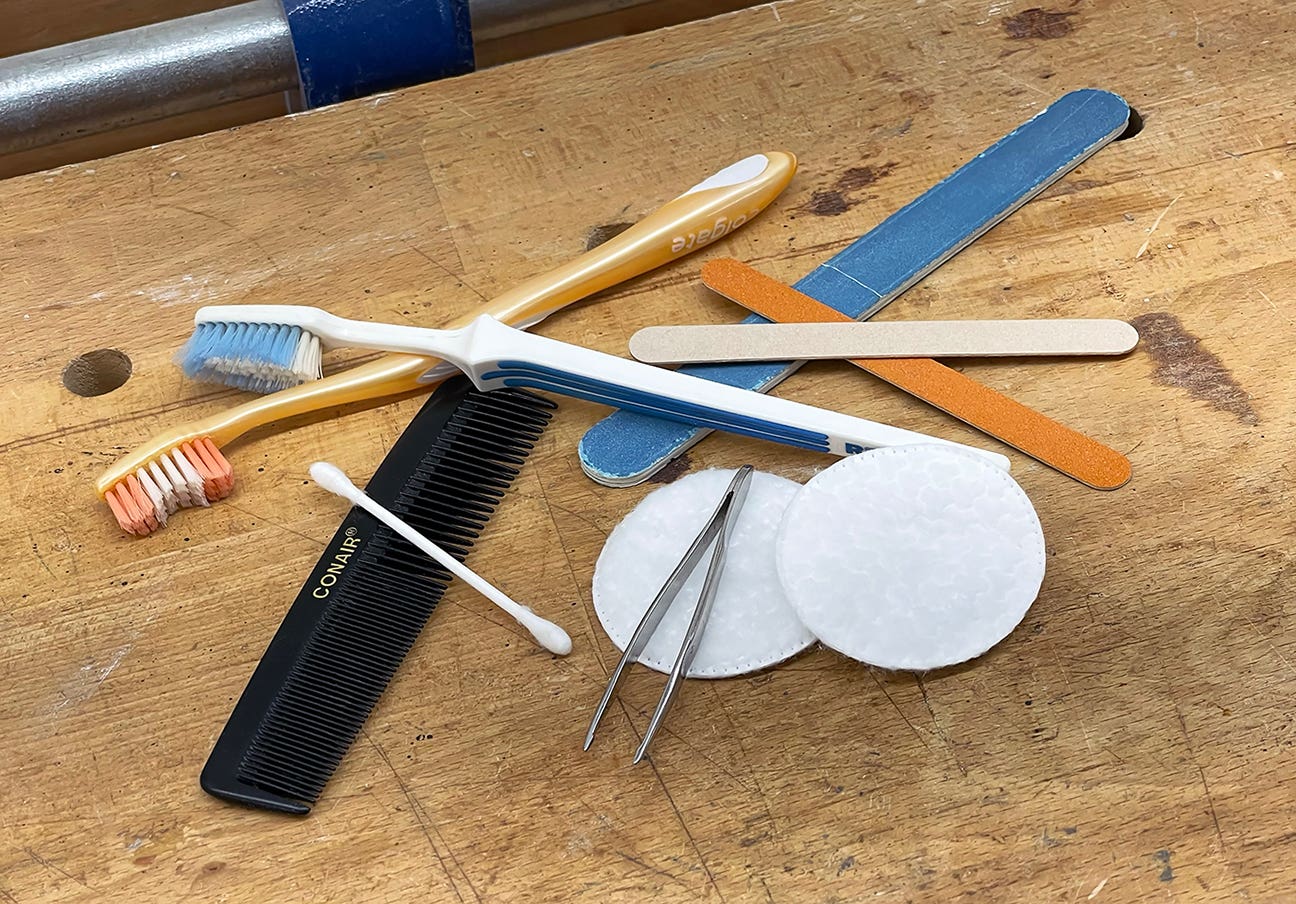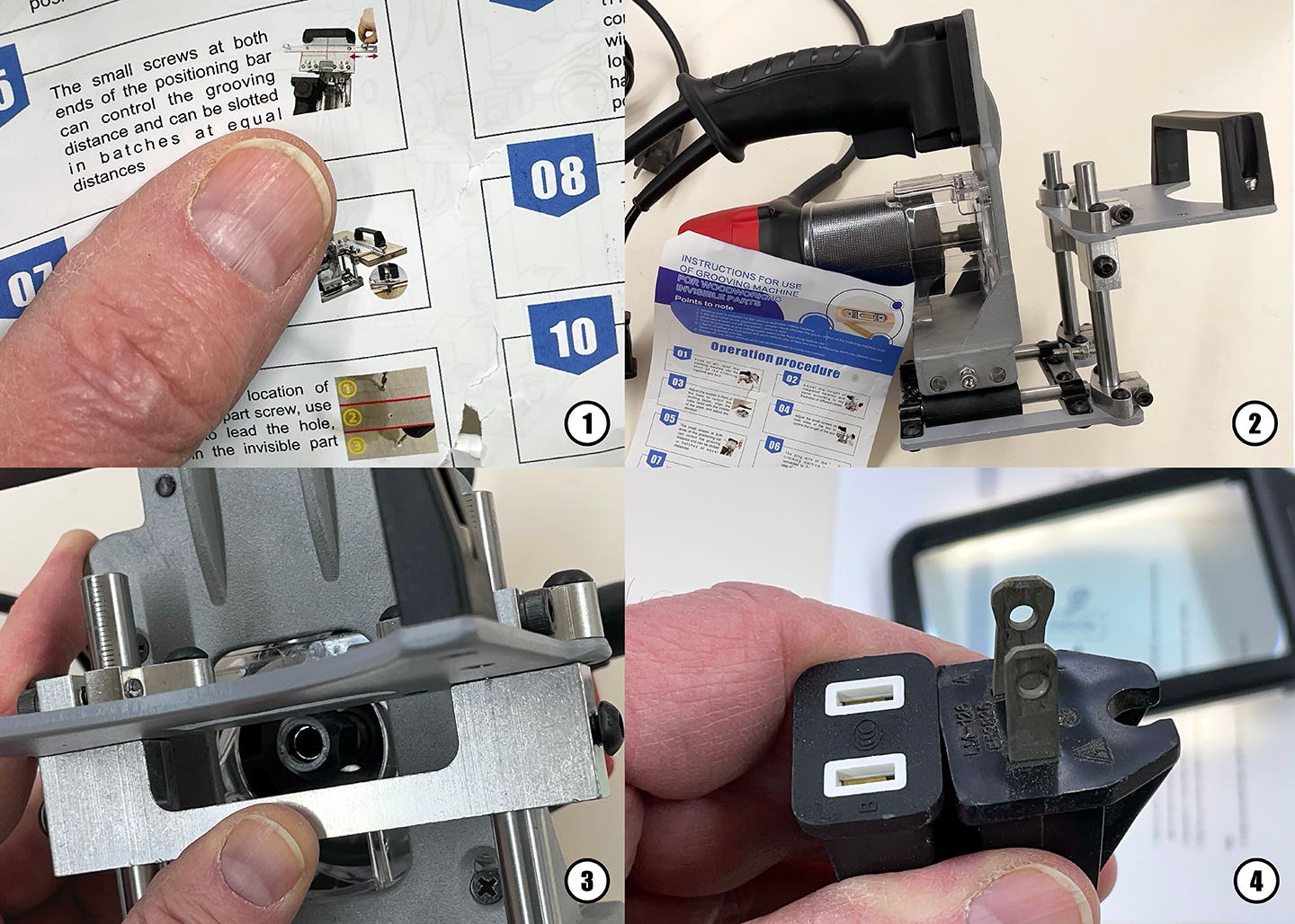Form and function
A.J.’s recent post about building a desk got me thinking again about design requirements. This is the big difference between functional objects and art. When we are making a functional…
A.J.'s recent post about building a desk got me thinking again about design requirements. This is the big difference between functional objects and art.
When we are making a functional object like a desk or a chair, form follows function is the rule. As is the case with A.J.'s desk, an object might be well made and beautiful to look at but if it does not fit its intended purpose, it is not of much use.
A desk that is too low (or too high), a chair seat that is not deep enough, a cabinet door that opens the wrong way all break the basic form follows function principal.
When we are making art, form becomes a non-issue because function is irrelevant. If an object has no specific function, it is not necessary to consider its form outside of the vision the maker is attempting to manifest.
I once had a client who wanted me to make them a dining table. They told me that they did not want to see any drawings or plans. They just wanted me to make them something. I was given total artistic license. This was a bit of an ego boost because they were implying that my work was so good and my judgement so reliable that they had total confidence in my ability to create something they could treasure and use.
The dining table was beautiful (if I do say so myself) and no one argued with this. What they did argue with was that they could not push their chairs all the way under the table. The arms of the chairs hit the rails of the table preventing them from being tucked away when not in use. A basic function that was not considered.
Form was good. Function, not so much. Lesson learned!
D.D.
David DeCristoforo possesses an extensive resume as designer/maker of fine furniture, high-end cabinetry and architectural woodwork. His experience in professional woodworking spans a period of 35 years. For the past 20 years David DeCristoforo Design has been located in Woodland, California. During this time David's shop has ranged in scope from a "full on" cabinet production shop with as many as 15 employees to a small fine furniture and custom millwork shop, working with his son, David RBJ, a highly skilled maker in his own right.


